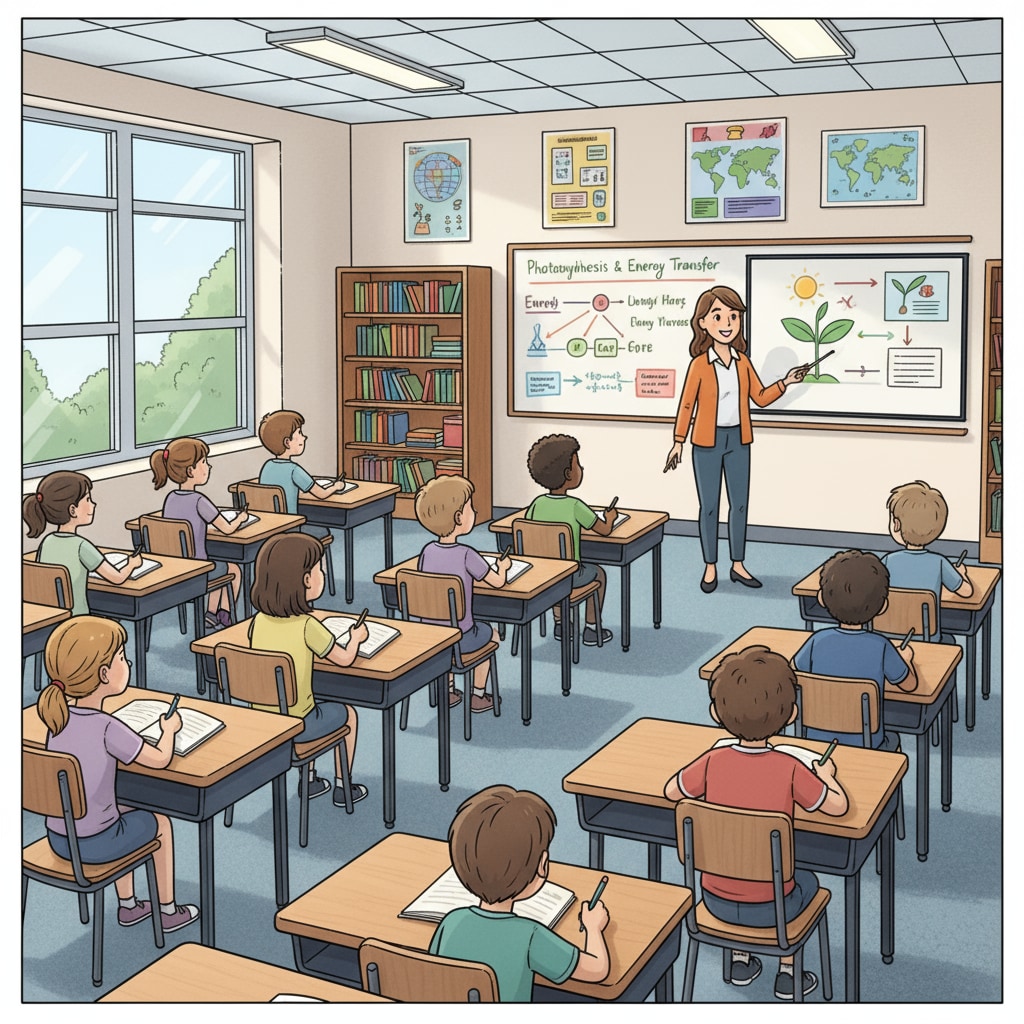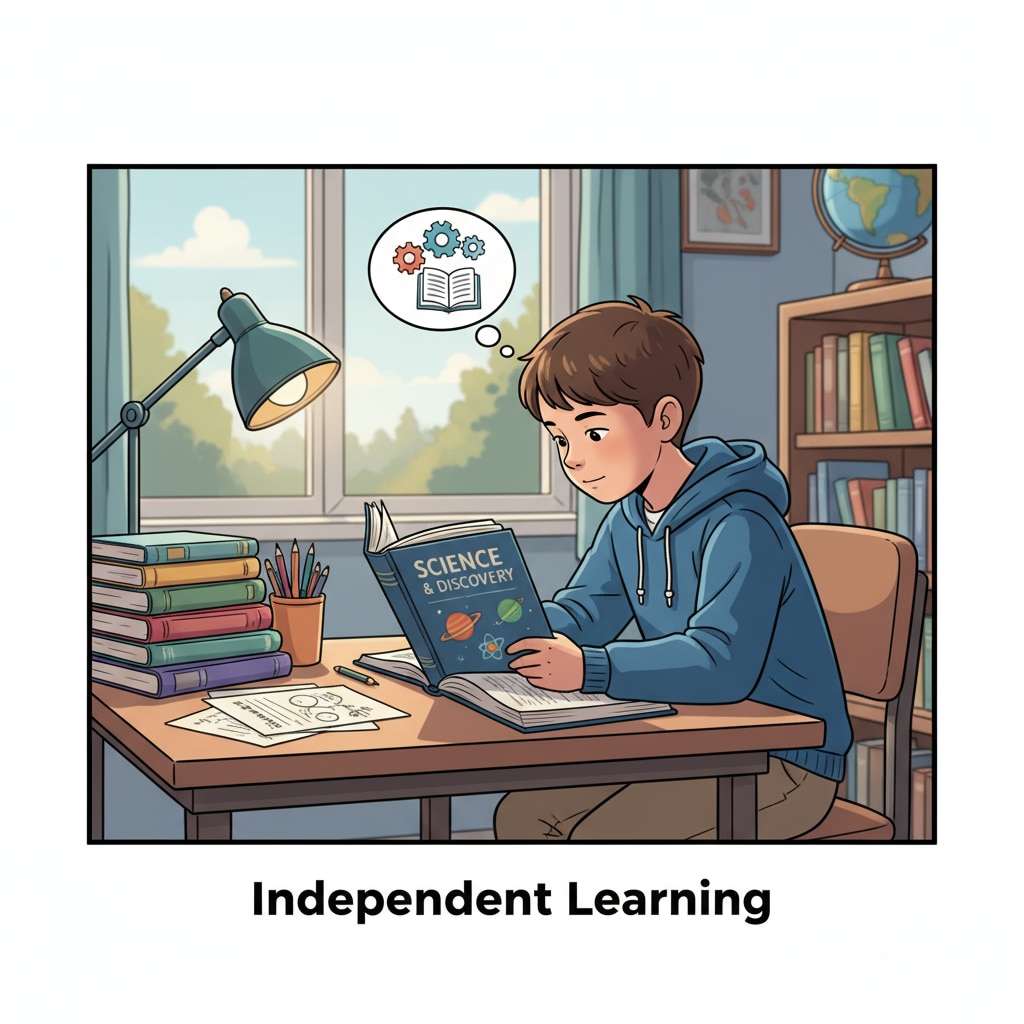Lectures, attention, and time management play crucial roles in the academic journey of K12 students. Finding the right balance between classroom learning and self-study is essential for maximizing learning efficiency. In the world of K12 education, students are constantly juggling various tasks and learning environments. Let’s explore how they can achieve this balance.

The Value of Structured Classroom Learning
Structured classroom learning provides a foundation for K12 students. In a classroom setting, students are exposed to a wealth of knowledge presented by experienced teachers. Lectures offer a systematic way of learning, where teachers can explain complex concepts, provide examples, and answer questions. For example, in a science lecture, a teacher can demonstrate experiments, making it easier for students to understand scientific principles. According to Wikipedia’s Classroom Management page, an organized classroom environment can enhance students’ attention and learning experience.
Adapting to Individual Learning Styles
However, not all students learn in the same way. Some are visual learners, while others are auditory or kinesthetic learners. Understanding one’s learning style is key to effective learning. For instance, visual learners may benefit from using diagrams and charts during self-study. Auditory learners might prefer listening to recorded lectures or discussions. As a result, students need to find ways to adapt the structured classroom learning to their individual styles. Britannica’s Learning Style article offers valuable insights into different learning styles.

Effective Time Management Strategies
Time management is a vital aspect of balancing classroom and self-study. Students should create a schedule that allocates sufficient time for both. For example, setting aside specific hours each day for self-study after attending lectures. They can break down their study tasks into smaller, manageable chunks. In addition, using tools like calendars and to-do lists can help them stay organized. By effectively managing their time, students can ensure they cover all the necessary material and have time for relaxation as well.
Enhancing Attention in Different Learning Environments
Maintaining attention is crucial whether in a lecture hall or during self-study. In a lecture, students can sit in the front row, take notes actively, and participate in discussions to stay engaged. During self-study, they should create a distraction-free environment. Turning off electronic devices and finding a quiet place to study can significantly improve attention. Therefore, by focusing on attention in both settings, students can absorb information more effectively.
In conclusion, K12 students need to master the art of balancing classroom learning and self-study, taking into account lectures, attention, and time management. By understanding the value of structured learning, adapting to individual styles, managing time well, and enhancing attention, they can unlock their full learning potential and achieve academic success.
Readability guidance: Using short paragraphs and lists helps summarize key points. Each H2 section provides a clear focus. By controlling the proportion of passive语态 and long sentences, and adding transition words like “however”, “therefore”, “in addition”, “for example”, and “as a result” throughout the text, the article becomes more coherent and easier to read.


